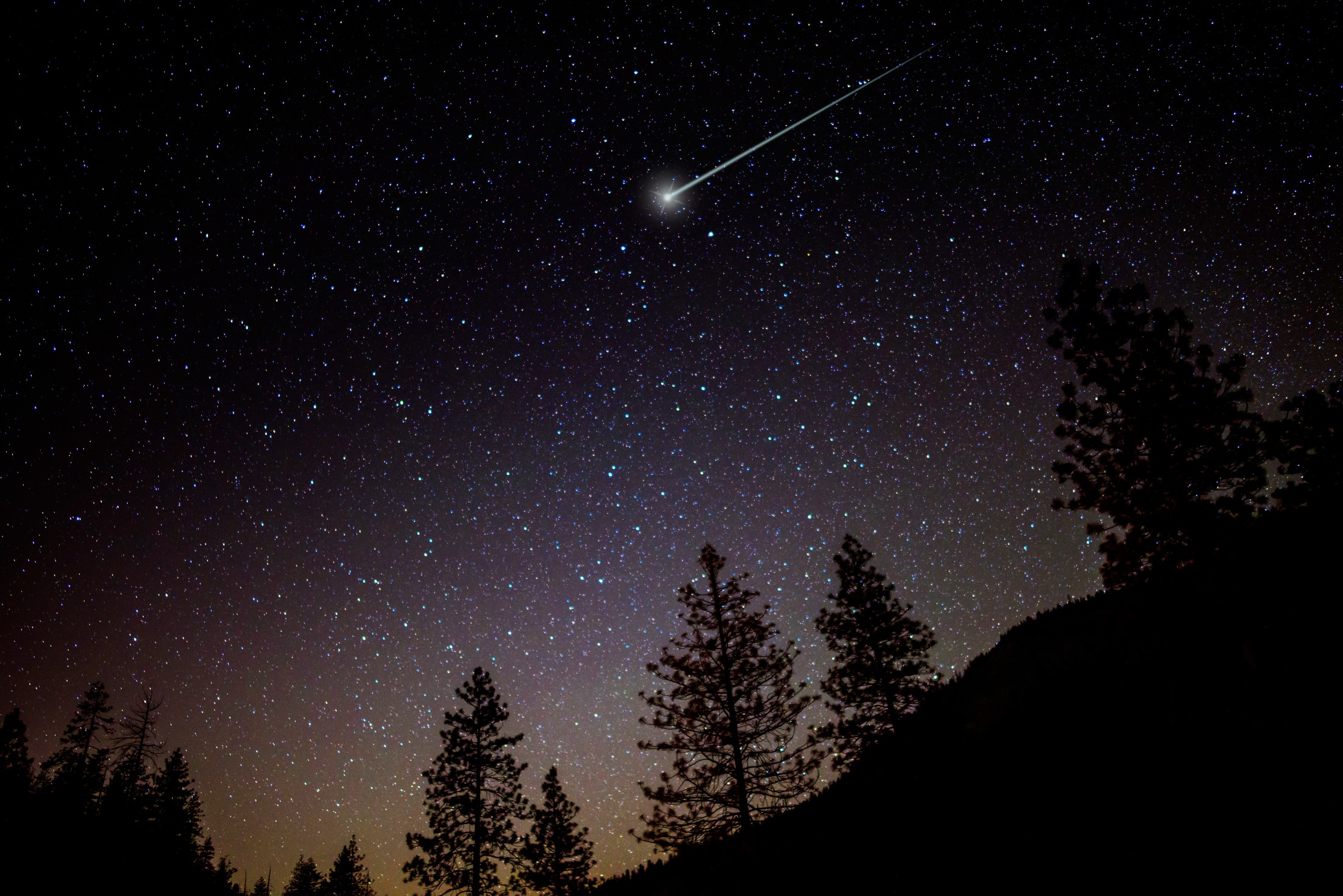
Heavy Rain, Flooding, and Chance of Severe Weather Staring Down the Southern U.S.
January 22, 2024
Posted: December 20, 2022 3:49 pm





What is Next for the Astronomy Calendar
While many people shy away from the dark and gloominess of the short days of winter, the upcoming longest night of the year offers a unique opportunity to view the last meteor shower of 2022 as it lines up perfectly with the winter solstice. Here is what you need to know about the solstice and the Ursid meteor shower.
The December solstice will happen on Wednesday, December 21 at 4:48 pm EST, signifying the official start of the astronomical winter throughout the Northern Hemisphere. Conversely, those in the Southern Hemisphere will be welcoming the beginning of the astronomical summer.
The winter solstice is the time of the year when the sun’s most direct rays are shining on the Tropic of Capricorn in the Southern Hemisphere. It is during this time of the orbit of Earth that the North Pole tilts away from the direction of the sun. As such, all areas located to the north of the Arctic Circle are left in complete darkness.
In the Northern Hemisphere, this translates to December 21 being the shortest day and longest night of the year. From this point until the summer solstice, days in the Northern Hemisphere will slowly become longer until the trend reverses during the summer solstice on June 21.
The shift is so gradual at first that you will not notice the extra few seconds of lightness. However, the difference between moments of sunlight becomes more noticeable by February. For instance, the amount of light becomes two to three minutes longer each day by this time.
In addition to being distinguished as the longest night of the year, Wednesday also brings the opportunity for stargazers to check out the last major astronomy event of the year when the Ursid meteor shower is expected to reach its peak. While the Ursids do not offer as many meteors per hour as the other December shower, the Geminids, the extra darkness provides a greater opportunity to catch these shooting stars than other meteor showers throughout the year.
According to the American Meteor Society (AMS), you can expect to see between five and 10 meteors each hour during this show. However, it is also not unusual for the Ursids to put forth about 25 meteors per hour. The peak of the showing will be between 1 am and 5 am local time.
You will want to dress warm if you are headed out to see these shooting stars. Widespread bitterly cold temperatures will pervade much of the northern U.S. as a mass of Arctic air begins to plunge down from Canada right about this time.
The good news is that a new moon on December 23 means that the skies will be darker for everyone just in time for the Ursids to peak. The clearest skies for the U.S. will be found in the West, the Southwest, and across most of Texas. Cloudy skies will hamper viewing opportunities in the eastern half of the country as well as in the Plains and the Midwest due to a new storm building up.
If you miss the Ursids, there will be another meteor shower on the night of Tuesday, January 3, lasting until the early hours of January 4. However, experts warn that an almost full moon will dilute the brightness of the Quadrantids meteor shower as they streak across the sky. Only the brightest meteors will be visible because of the lunar light.
In addition, the Quadrantids also typically last only six hours. This is a particularly short duration when compared to some events that last days.
Following the Quadrantids, there will be a long stretch with no meteor showers on the horizon. The next shower will not take place until the Lyrids begin to streak across the night skies in late April.
Did you find this content useful? Feel free to bookmark or to post to your timeline for reference later.

January 21, 2024

January 19, 2024

January 18, 2024